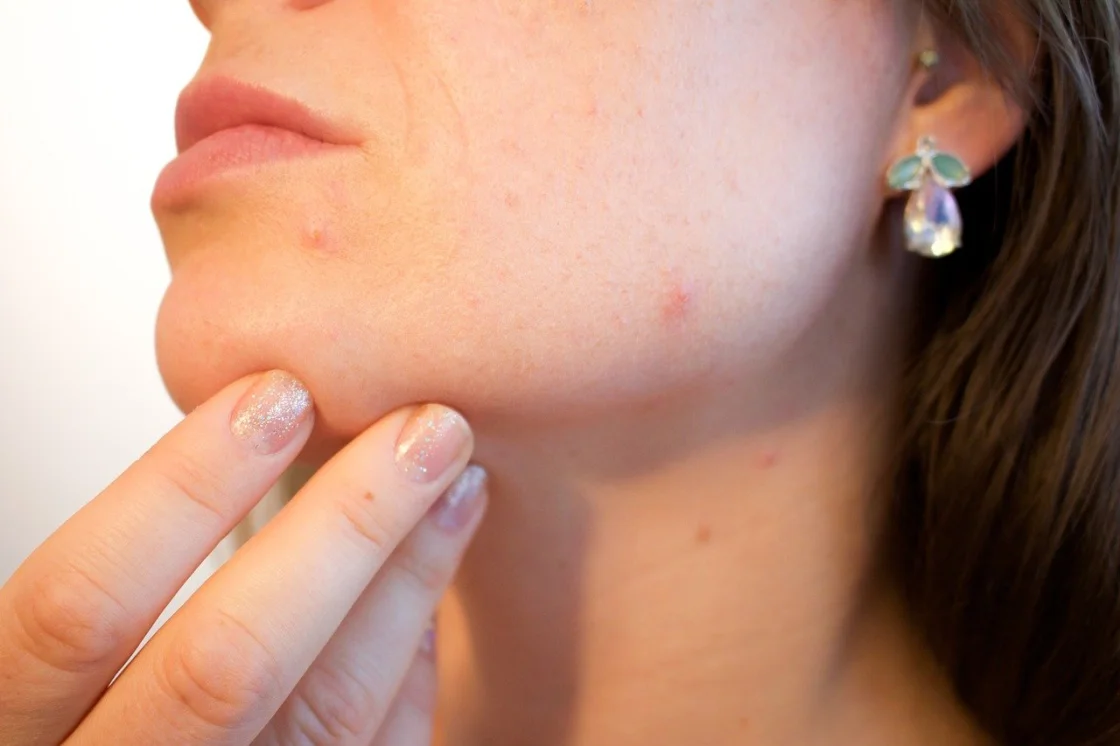Cosmetic procedures provide treatment for a variety of imperfections and aesthetically displeasing conditions.
Among the procedures are chemical peels and laser resurfacing treatments. Each of the procedures has pros and cons. By reviewing details about the procedures, patients decide which is best for their needs.
What is laser resurfacing?
With laser resurfacing procedures, the patient is treated with a laser to eliminate the epidermis and apply heat to the dermis. This type of laser resurfacing uses an ablative laser. The procedure stimulates the production of new collagen to correct imperfections and regrow healthier skin. The new skin will appear tighter and smoother.
With the nonablative laser, heat is applied to the skin to stimulate collagen growth underneath the epidermis. It can provide better texture and skin tone. Clinicians can complete the procedures using intense pulsed light lasers that are noninvasive.
What is a chemical peel?
A chemical peel is true to its name. The clinician applies chemicals to the skin including certain acids that cause the skin to blister and peel away. The chemicals are washed off the skin after the treatment, and the top layers of skin will peel off during the recovery process.
It is a great procedure for patients who have visible sun damage, scars, fine lines, and wrinkles. It can also treat complex acne and reduce the appearance of acne scars. Many patients undergo procedures to remove freckles, dark patches, and age spots. The treatments can improve the way the skin looks and make the patient appear more youthful.
What are the results?
With laser resurfacing, the skin is free of fine lines and wrinkles and has a better skin tone. Patients will see that scars are not as noticeable or eliminated completely. It is a great option for removing excess skin that has become saggy or makes the patient look older.
The immediate results appear like a sunburn, and the skin will start to blister quickly. It will scab over and takes a long time to regrow the skin. Once the skin has regrown, the patient’s face will be more youthful, and they won’t have visible scars, acne, and dark spots. The procedures can eliminate dark spots and sun damage effectively.
How long does it take to recover?
After the laser resurfacing treatment, the patient’s skin will be raw and itchy, and it may begin to swell. The doctor provides an ointment to apply each day to keep the skin moisturized. They will apply a dressing on the skin and explain all after-care instructions. It could take up to two weeks for the patient to recover. They shouldn’t wear any cosmetics and will need sunscreen after the skin has healed completely.
With a chemical peel, the patient will need at least 14 days to recover fully. They shouldn’t go out in the sun, and the clinician will bandage their face. The patient should wear sunscreen even after they have recovered from the procedure to prevent new damage. Patients who are taking oral birth control or are pregnant should avoid the procedures because there is a known history of discoloration after the healing process. Cosmetic procedures correct conditions that hinder the patient’s self-confidence. Skin damage, such as excessive exposure to UV rays, acne, and dark spots, could cause a serious blow to the self-esteem. By reviewing laser resurfacing and chemical peels, patients decide what procedure meets their needs more fully.

